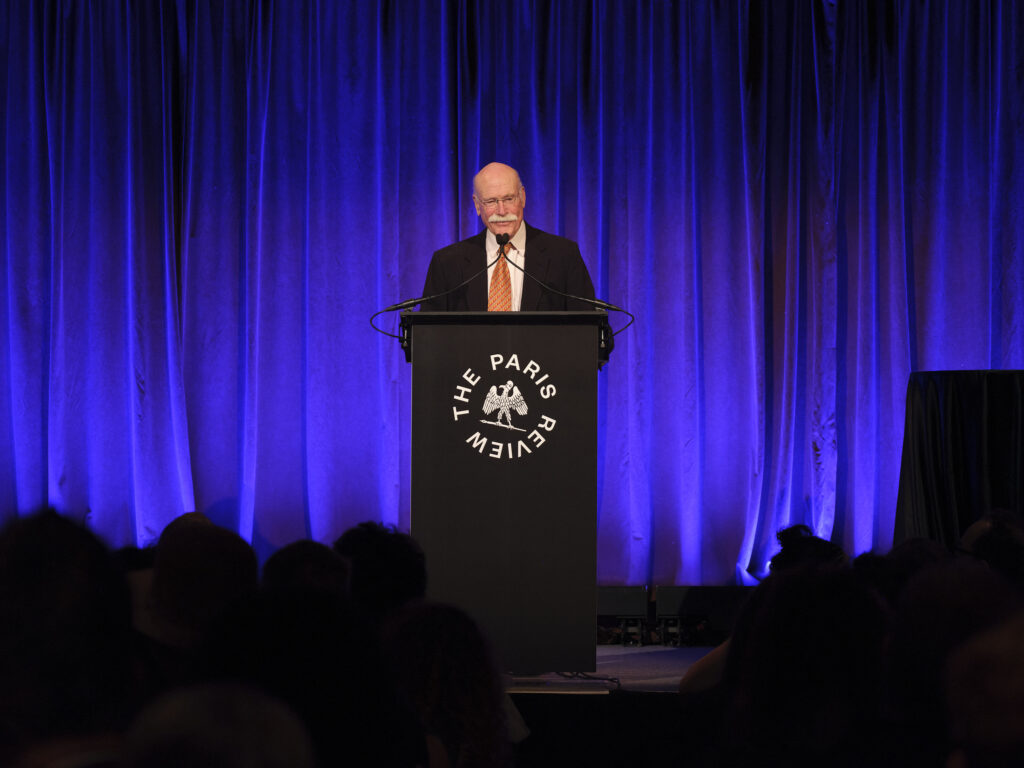If you recognize every image that Arthur Jafa has appropriated for his art in the past, you are in need of a digital detox.
Some of Jafa’s pictures are famous: readily available stills from notable films, glamour shots of pop stars, photographs of ugly moments from American history that have appeared in textbooks. But many more of his images are considerably less well-known: the various Instagram Reels and YouTube clips, for example, that Jafa has pilfered from the internet and re-presented for gallery viewers in a string of acclaimed videos, most notably 2016’s Love Is the Message, The Message Is Death, his famed elegy for the tenuousness of Black life that crams more than 100 pieces of footage into less than 8 minutes.
Tracking down the source for all this imagery is a pointless exercise—Jafa’s intent, it often seems, is to let all his pictures run free, reveling in the friction that results from when they rub up against one another, shorn of their initial context, as they might be on social media feeds. Which makes it a surprise that, for his latest video, he has lifted a very recognizable sequence from a very famous movie: the brothel massacre that concludes Martin Scorsese’s 1976 film Taxi Driver, a character study about Travis Bickle, a lonely cabbie who tries to find his place in New York City through vigilantism. (While the film hasn’t been a core reference to Jafa previously, two years ago, he spoke approvingly of a 1999 Douglas Gordon video that appropriates and modulates a different Taxi Driver scene.)
Travis’s bloody bid for attention is seen, over and over, in Jafa’s 73-minute ***** (2024), which presents the sequence half a dozen or so times. But the video, which recently debuted at Gladstone Gallery in New York, contains a twist: everyone Travis murders is now Black, not white. In a particularly strange gesture, the cops who arrive too late are also now Black.
The fascinating concept is rooted in the film’s mythology. Screenwriter Paul Schrader had initially written Sport, the pimp in control of the film’s bordello, as a Black man. But, according to critic Amy Taubin, Schrader and Scorsese ended up whitening Sport, fearing protests during screenings of Taxi Driver. Now, Jafa has undone that editorial decision, subbing out Harvey Keitel’s Sport for one energetically played by actor Jerrel O’Neal, who has been seamlessly integrated into Scorsese’s original footage by Jafa, a cinematographer by training.







